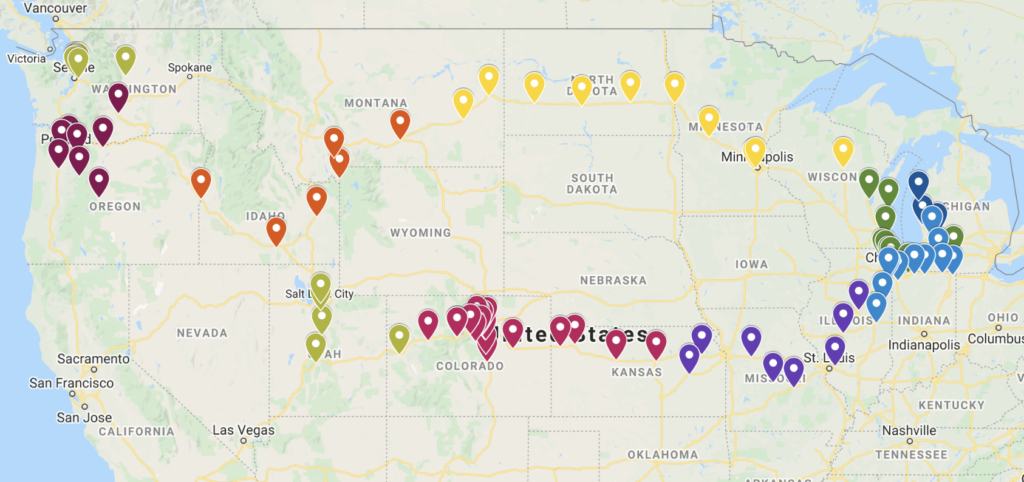This summer we drove to Michigan to visit my dad and celebrate his 75th birthday. Because I’m still playing the Superchargers Visited game (2019 trip, 2020 trip), I had to choose routes that didn’t overlap with previous ones. Fortunately, that left lots of fresh ground to cover and we spent a lot more of this trip on highways and less time on the interstates.
The slower pace and smaller roads made road tripping more fun as I got to experience that joy of discovery that is rare on freeways. Sometimes the discoveries are, “huh, this route through Kansas is every bit as interesting as every other route through Kansas.” Other times, like driving through northern Wisconsin and Indiana, we stumbled through some lovely little towns and cities that were well kept and seem to have avoided the fate of so many rustbelt towns.
This trips haul was 86 unique superchargers visited over 9 days of driving.


